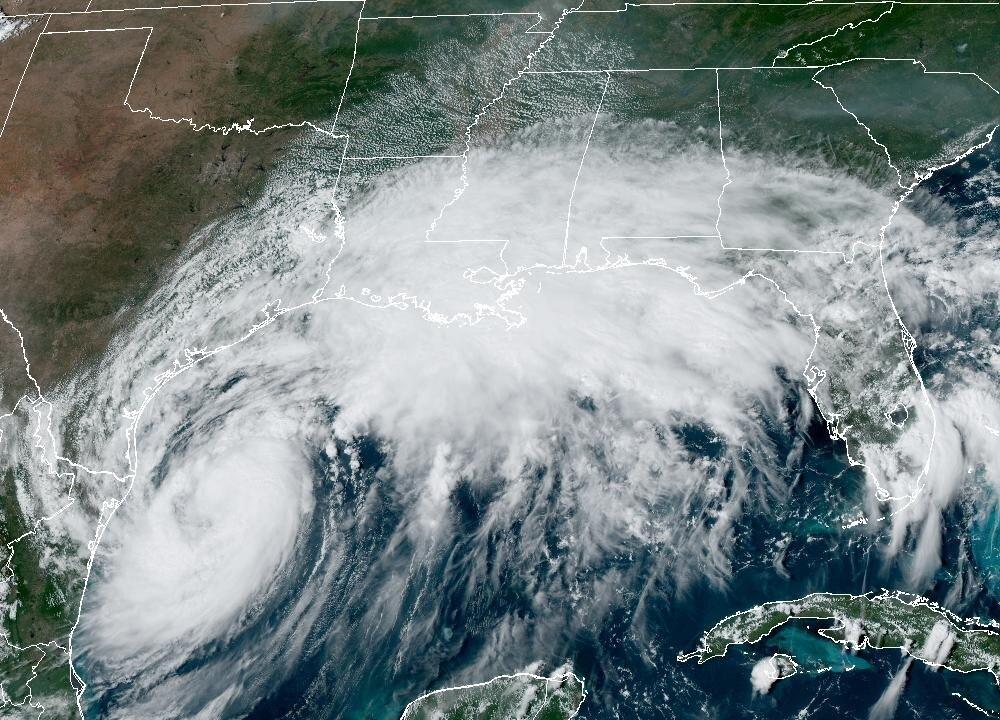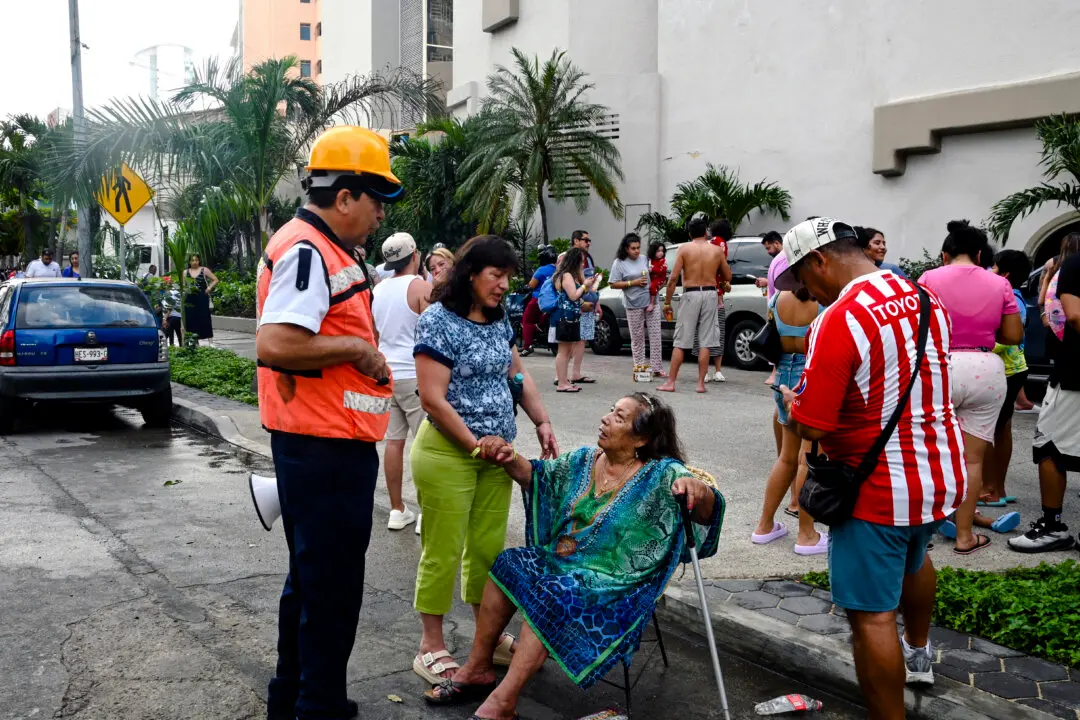
Satellite image of Tropical Storm Francine in the Gulf of Mexico as of 3:36 p.m. ET on Sept. 10, 2024. NOAA/NESDIS/STAR - GOES
Mandatory evacuations are underway as Louisiana prepares for the arrival of Hurricane Francine by Wednesday evening.
The storm reached hurricane status on Tuesday, the National Hurricane Center (NHC) stated in a 7 p.m. CT advisory
update that same day.





